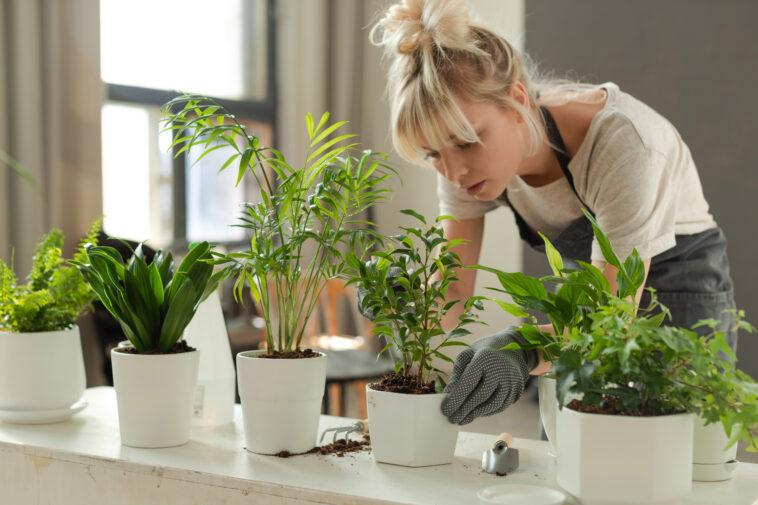If you thought potting soil was just dirt, you’d be wrong. But you’re probably not alone in that train of thought.
Besides actual gardeners, I don’t think many people really know much about potting soil beyond the fact that it’s used for plants.
So if potting soil isn’t dirt, then what is it? Potting soil is a whole mixture of materials and is usually made up of peat moss, bark, perlite, pumice, and slow-release fertilizer.
Potting soils are generally more lightweight and sterile, meaning that they’re safer for plants because they don’t contain any disease-causing pathogens. They also aid in airflow and drainage with potted plants.
On the other hand, actual soil, which is called garden soil, is much heavier and consists of a blend of topsoil and organic matter, such as compost.
It combines both sand and clay so the soil can retain moisture better and improve root development in garden beds.
Sandy soil dries out too quickly, while clay soil stays wet for too long. And once it’s dried, it becomes difficult to get it moistened again. The materials in garden soil balance out the texture.
For indoor and outdoor container gardening, be sure to use potting soil. It might be tempting just to dig up the dirt from your garden and use it for your potted plants, but it’s not really a good idea since the garden soil won’t drain well when in a confined space.
It will also be too compact and won’t allow enough air space for your plant’s roots to grow. With potting soil, it’s easier for you to control how much water and nutrients your plants are receiving. Whether you have window boxes, hanging baskets, or raised beds, potting soil will be your best friend.

Sign up for Chip Chick’s newsletter and get stories like this delivered to your inbox.


